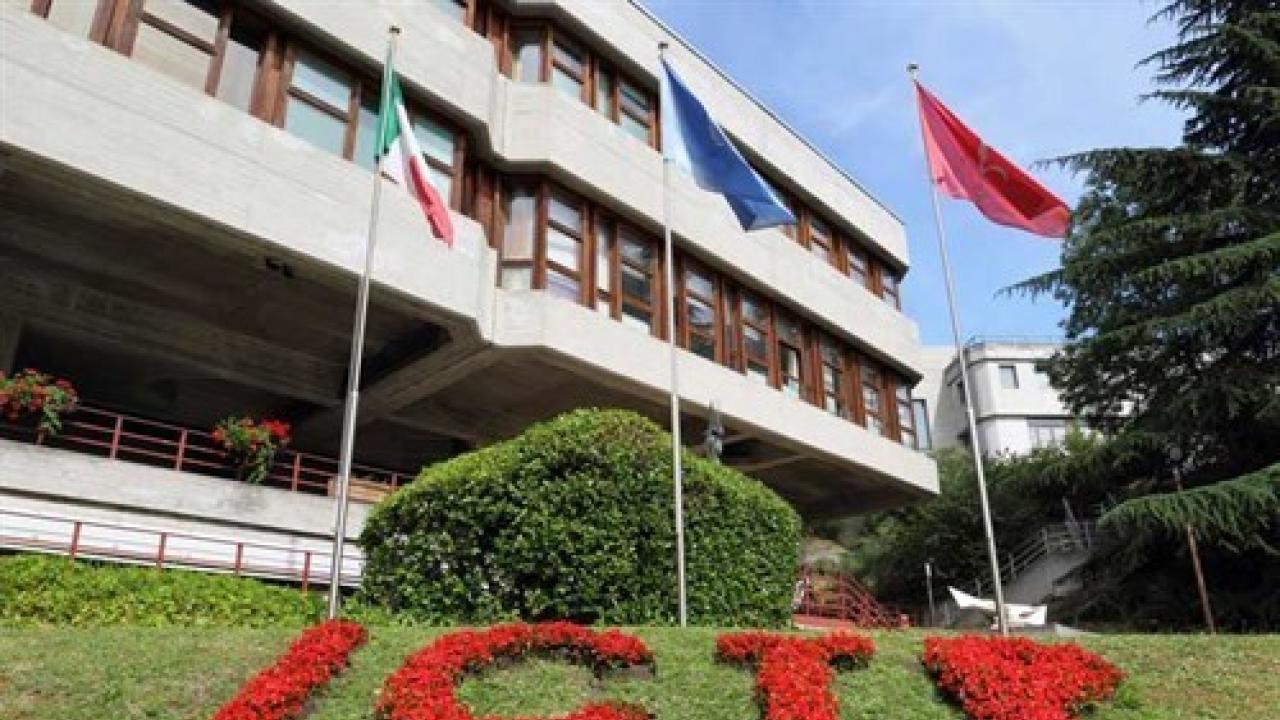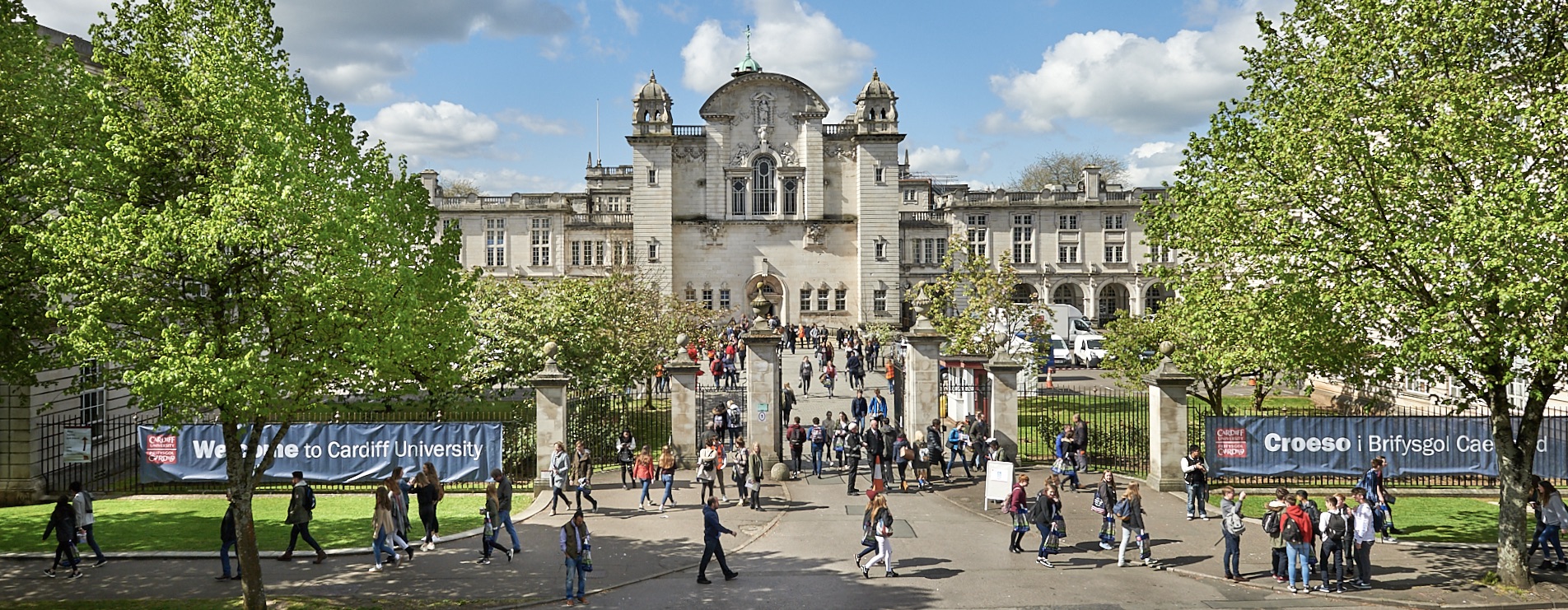Trace Formula, Endoscopic Classification and Beyond: the Mathematical Legacy of James Arthur
Date: 11 - 15 August 2025
Location: Fields Institute
Event type: Conference
Organisers: Clifton Cunningham (Calgary), Melissa Emory (Oklahoma State), Paul Mezo (Carleton), Bin Xu (Tsinghua)
James Arthur’s work on the Langlands program has fundamentally shaped the modern theory of automorphic forms and representations. His development of the Arthur-Selberg trace formula provided a rigorous framework connecting the geometric and spectral aspects of automorphic representations. His mathematical legacy includes not only the trace formula but also significant advances in the theory of endoscopy, which connects representations of certain different reductive groups. His current thought provides key insights into Langlands functoriality more generally. The applications of Arthur’s work extend across several mathematical domains. The Arthur-Selberg trace formula has found applications in base change, period relations, and various aspects of the Langlands program. His ideas have influenced developments in p-adic groups, motivic Galois theory, and geometric Langlands theory. His research continues to generate new directions in representation theory and automorphic forms. The stabilization of the trace formula and the theory of Arthur packets remain active areas of investigation, with ongoing applications in number theory and representation theory. The mathematical legacy of James Arthur reaches around the globe, as reflected in this highly international conference to celebrate his work and to discuss recent developments that are central to the Langlands program.
CMI Enhancement and Partnership Program
Related events
See all events
New Methods in Evolution Partial Differential Equations
Princeton University

Fundamental Geometries
SAIS-JHU Bologna

International Conference on Complex and Differential Geometry
ICTP

British Mathematical Colloquium
Cardiff University